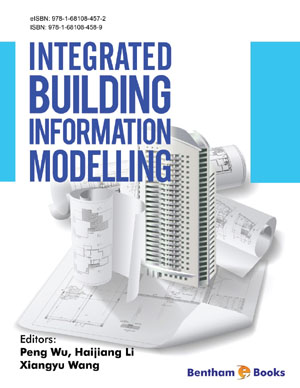Abstract
Due to the rising recognition of environmental sustainability, environmental assessment has been a core task for construction projects. Traditional environmental assessment of construction projects follows the Life Cycle Assessment (LCA) rule and principles, which may be time consuming and require extensive manual inputs. In recent years, many studies has been initiated to use Building Information Modelling (BIM) as the platform to host LCA implementations. Benefits, including increased productivity and flexibility, have been recorded. However, some problems, such as varied scope and definition, have also been identified. It is therefore necessary for the construction industry to understand the current status and future development of BIMintegrated LCA. A systematic review shows that BIM have been used as the platform to host LCA implementations for various project life cycles (including production, transportation, construction, operation and end-of-life stages) and environmental impacts (mainly including energy, carbon emissions, water and waste). In addition, future actions are needed in the aspect of standardization, benchmarking and available of databases in order to allow accurate comparison of the environmental performance between different projects and design alternatives.
Keywords: BIM-integrated LCA, Building information modelling, Environmental sustainability, Life cycle assessment.



